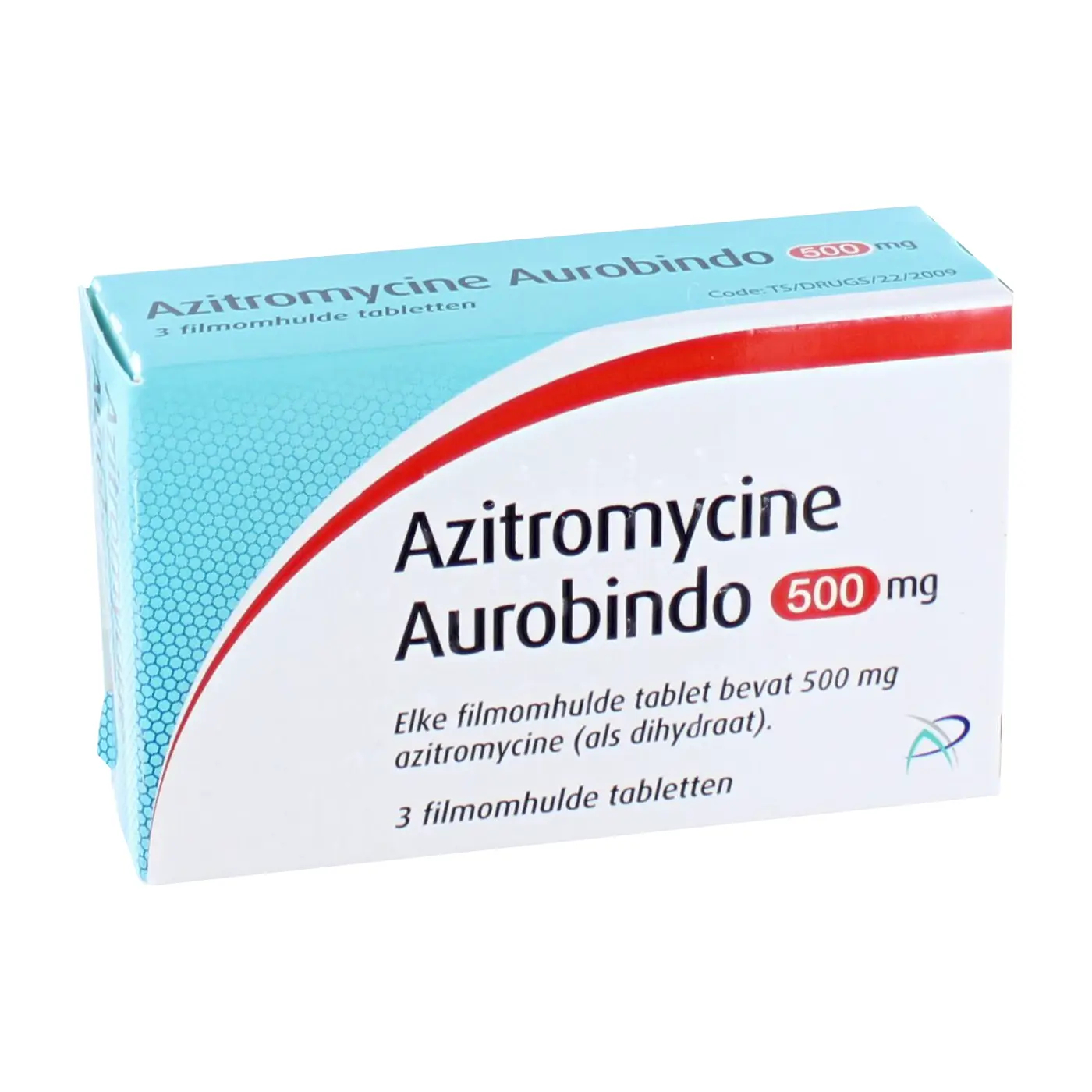Why Choose Azithromycin?
Effective Treatment: Short course of treatment, often just a few days.
Broad Spectrum: Effective against a wide range of bacteria.
Convenient Dosage: Single or multiple-dose packs available.
Respiratory Infections: Particularly effective for lung infections.
STIs Treatment: Effective against common sexually transmitted infections.
Always follow your doctor’s instructions for the best results and safety.


